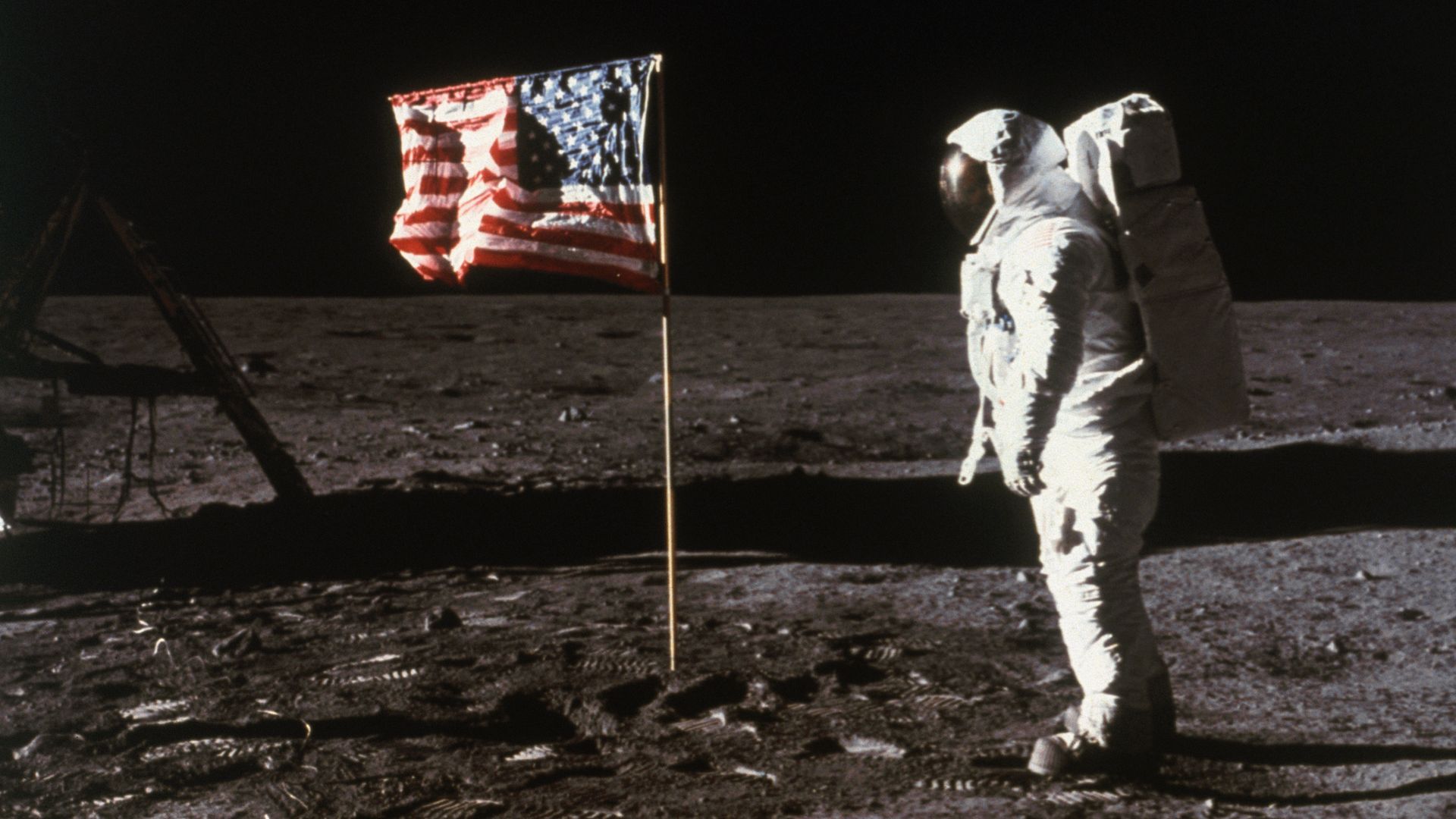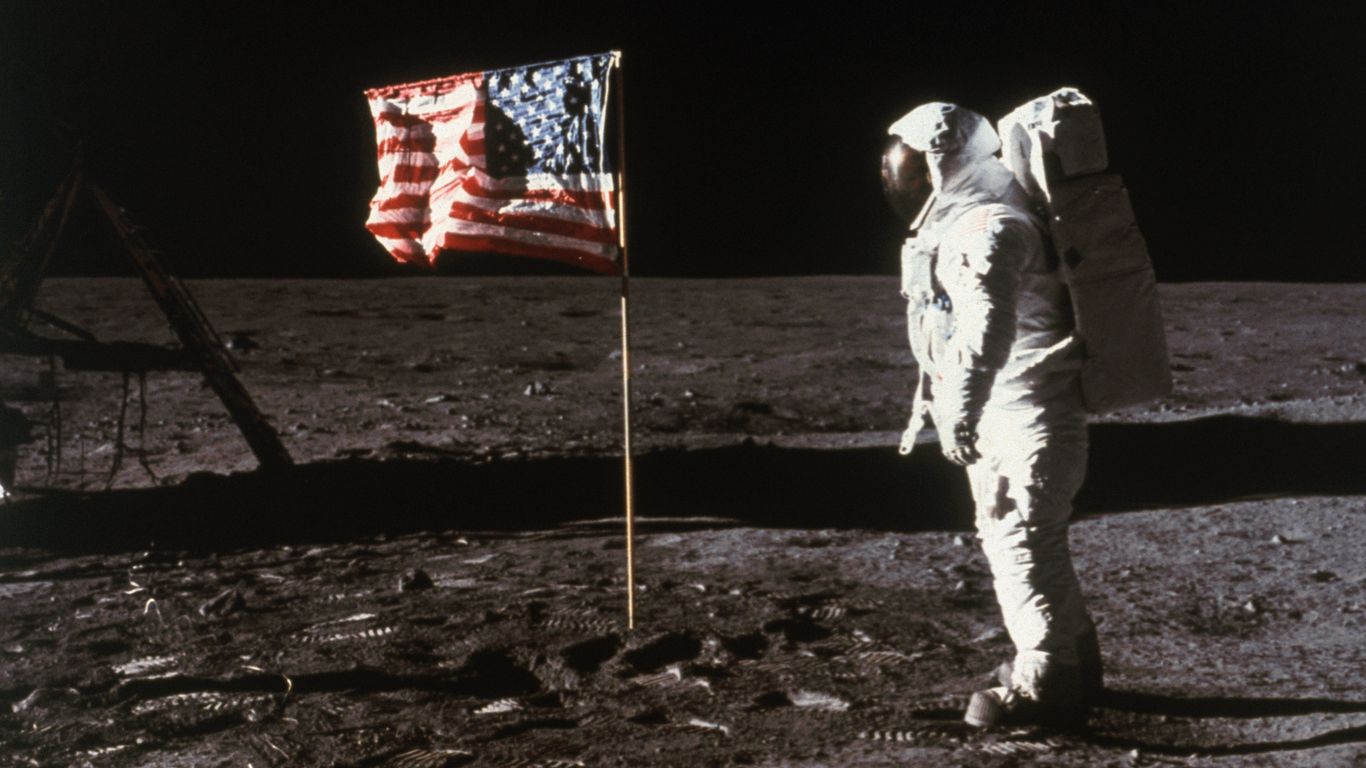
On July 20, 1969, astronauts Neil Armstrong and Buzz Aldrin made history by becoming the first humans to land on the Moon in the lunar module 'Eagle'. This monumental achievement was marked by various events and commemorations around the world. While Armstrong and Aldrin conducted scientific exploration of the Moon's surface, they also left behind commemorative medallions bearing the names of three Apollo 1 astronauts who lost their lives in a launch pad fire, and two cosmonauts who also died in accidents.
Fifty-five years later, we reflect on the significance of this event and its impact on space exploration. The Apollo program employed over 400,000 Americans and required support from over 20,000 industrial firms and universities. It demonstrated the importance of robust teamwork and strong leadership.
However, one aspect that often goes unnoticed is the challenges faced in planting the American flag on the Moon. The flag's pole failed to extend fully due to lunar soil density, causing it to fall over after televisions were turned off. Subsequent Apollo astronauts planted flags farther away from landers to avoid a similar fate.
Despite these challenges, the legacy of Apollo 11 continues. NASA's Artemis II mission is expected to launch in late 2025, making way for Artemis III later this decade when Americans plan to walk on the Moon and plant a flag for the first time since 1972.
The spirit of boldness, vision, and gambles that characterized Apollo 11 continues to inspire us today. As we look forward to future space exploration endeavors, we remember the importance of unity towards important goals.



